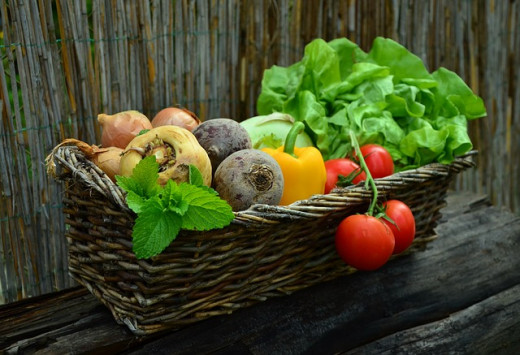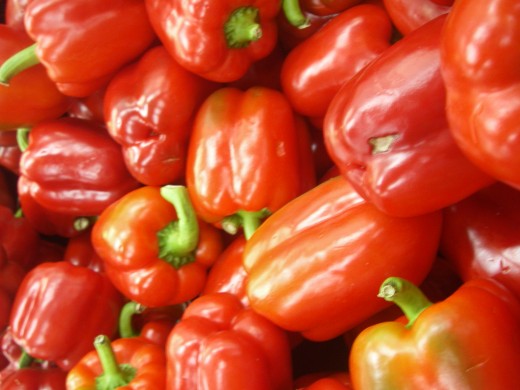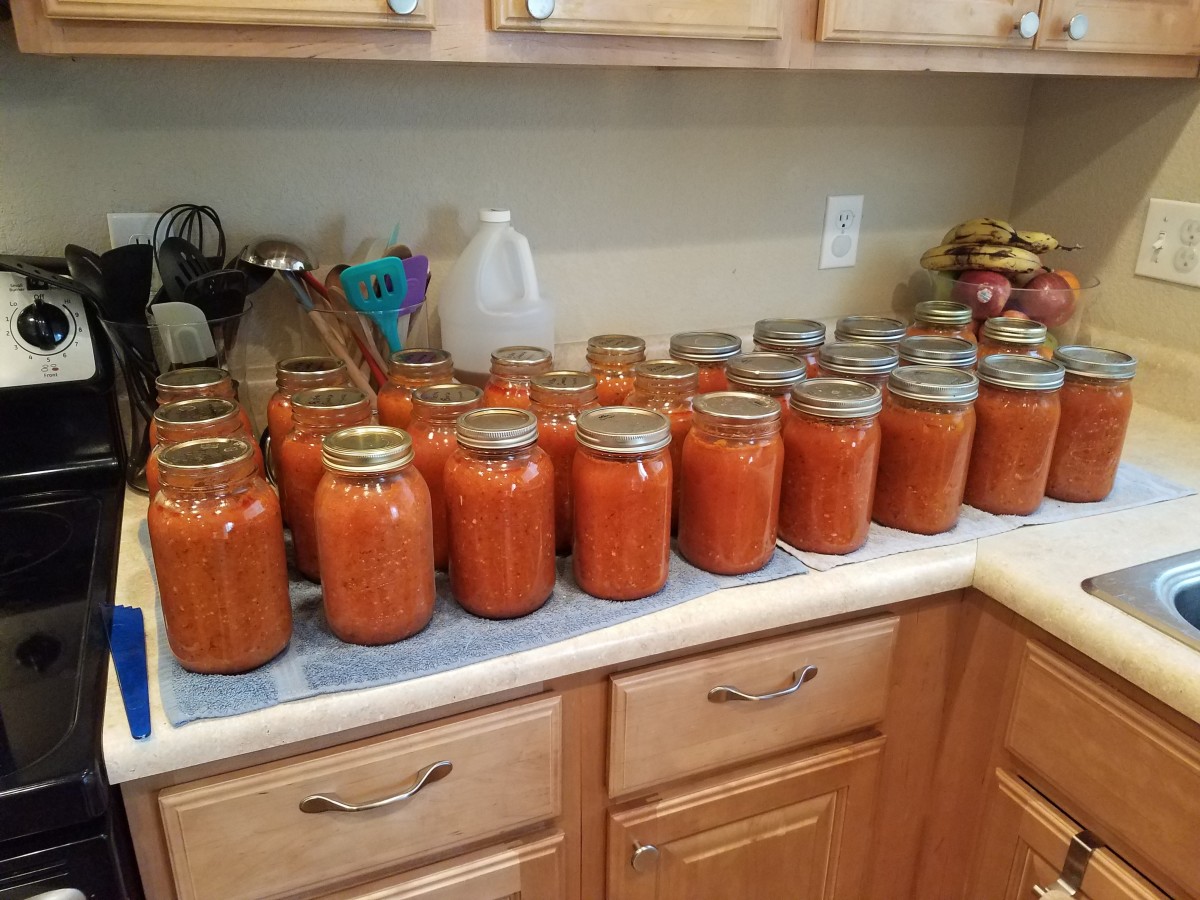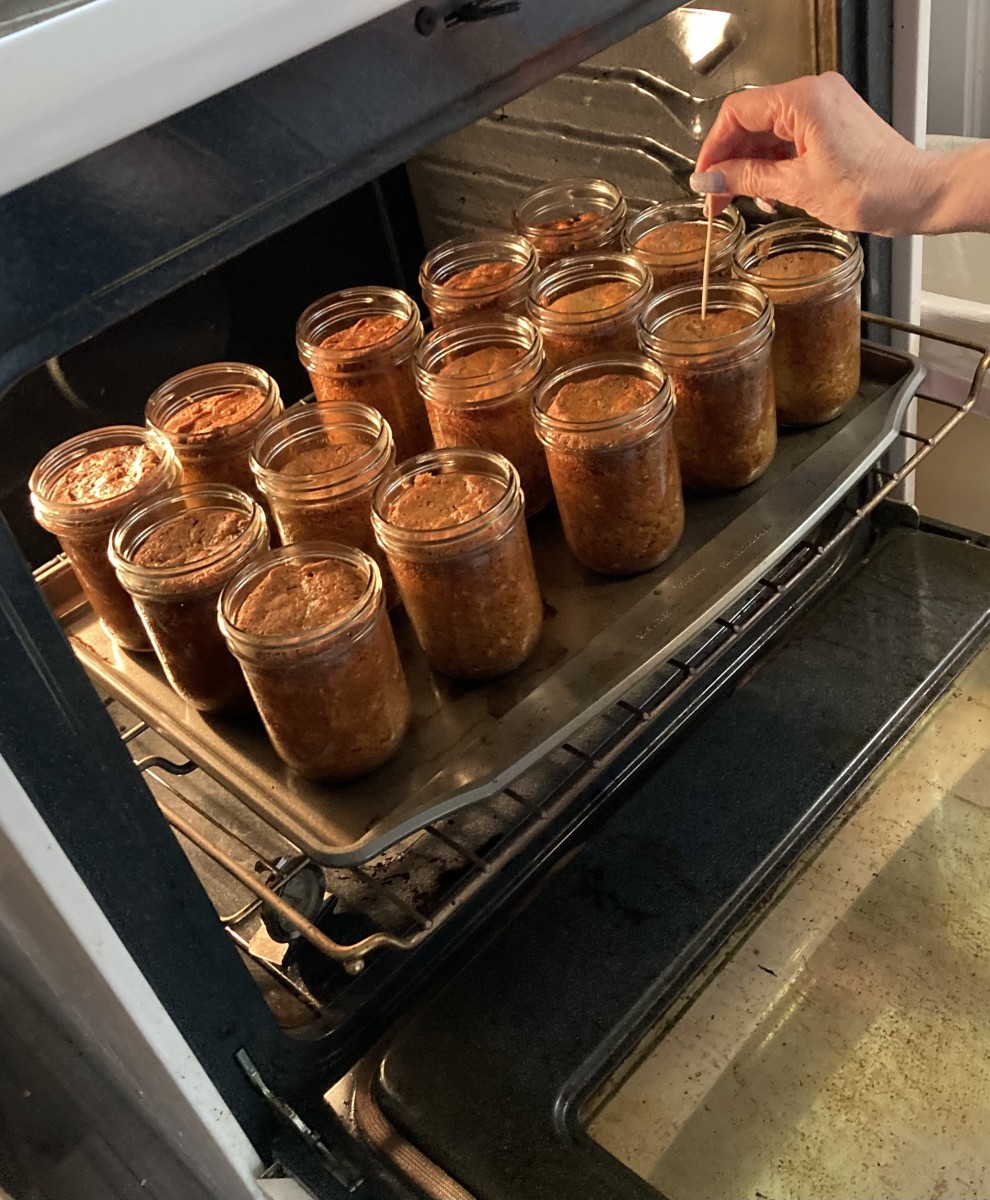The Hospitality Guru (cooking) Back to Basics: Salad Prep

Terminology of salad preparation
Toss: Using a large mixing bowl and large serving spoon, lightly flip the ingredients into the air.
Fold: Using a large spoon, lift the ingredients from the bottom of the bowl.
Blend, combine, mix & stir: A mixing procedure where the second ingredient is added to the first a little at a time. Do not beat, simply stir until all the ingredients are well mixed.
Principles of salad preparation
Cutting the materials
Cutting must be precise and of a size suitable for the final dish. All foods should be identifiable. When preparing fresh fruit, it is best to use stainless steel knives and utensils, as they will not stain or discolour foods.
Colour & Texture
It is important to have contrasts in both colour and texture, but not so much that the harmony of the dish is destroyed. Food items should be properly blanched and chilled to retain their colour and structure. Food which is served raw should be clen and crisp. All ingredients should be properly drained.
Flavour
Keep a balanced composition of flavours by selecting complementary ingredients. Salads with a bland character require more highly seasoned dressings. Salads with a distinct flavour should have a milder dressing. A poor dressing can ruin a good salad.
Composition
The salad must be neat, and balanced. Strive for eye appeal and simplicity. Make the plate colourful. Give it depth. Don’t use too much of any one ingredient in any one salad. Be careful not to repeat ingredients too much when you are making a series of salads.
Retain materials within the frame of the plate or platter. Consider serving the salad in a clear bowl so it can be seen from all sides, not just from the top.
REMEMBER
- All salad ingredients must be absolutely fresh.
- Salad greens must be washed thoroughly in plenty of cold water.
- Salad greens must be dried thoroughly with a clean towel.
- Salad greens must be crisp. Place them in a covered container in the refrigerator to crisp after washing.
- Leave salad ingredients in reasonably large bite-sized pieces so that the character of the ingredients is not lost.
- Salad greens should only be tossed in dressing immediately before serving, to prevent them becoming soggy.
- Salads must be tossed very lightly in dressing.
- Use only sufficient dressing to season.

The Dressing
Salads are usually served with a dressing, to combine the ingredients, to add flavour and to lubricate. The two main dressings are vinaigrette and mayonnaise, but there are many others.
The selection of a suitable dressing is essential for a successful salad. The dressing should complement the salad in terms of flavour, texture, colour and appearance. There should be sufficient dressing to flavour the whole salad, but not so much that it becomes watery.
Dressings have been described as ‘seasonings’ which accurately defines their role and emphasises their importance.
The quality of a dressing depends on its ingredients. It is always worthwhile investing in fine products such as extra virgin olive oil, good tarragon vinegar and fine aromatic mustard. Some more modern dressings include ingredients such as yoghurt, fresh herbs, sour cream, blue vein cheese and sesame oil.
Reasons for using dressings: Dressings are added to salads for a number of reasons.
Flavour: Dressings add flavour to bland ingredients, or can help tone down strong ones.
Lubrication: A dressing moistens ingredients.
Food value: Some dressings will increase the nutritional value of the salad.
Digestion: Acids in dressings will aid digestion by helping in the production of saliva and stomach juices which break down starches, proteins, fats and carbohydrates.
CAUTION: Adding a dressing to a simple salad, such as a green salad, should be done just prior to service, either at the table or in the kitchen.
If a dressing is added too early:
- The salad may become soggy
- The flavour may become too intense
- The dressing may drain to the bottom of the bowl.
Vinaigrette (French Dressing): Vinaigrette is a mixture of oil, vinegar, salt & pepper. As a general rule of thumb, the recommended ratio of oil to vinegar is 2 parts oil to 1 part vinegar.
Vinaigrettes are temporary emulsion dressings and will stay blended for only a few minutes. Therefore it is necessary a to re-mix or stir the dressing just prior to service.
Variations of the standard vinaigrette can be made by using different flavoured oils such as hazelnut, sesame, or walnut oil and different flavoured vinegars such as raspberry or balsamic. A citrus juice can even be used to replace the vinegar.
It will be necessary to use a different ratio when using citrus juice, as too sharp of flavour could dominate the salad.
Vinaigrette derivatives: Derivatives of vinaigrette or French dressing include the following:
- Mustard dressing – mustard vinaigrette using any of the large range of whole grain or flavoured mustards.
- Herb dressing – using a single herb or a mixture to flavour the vinaigrette
- Gribiche dressing – chopped capers, gherkins, fines herbs and mustard.
- Roquefort dressing – vinaigrette flavoured with Roquefort cheese (a blue cheese made from sheep’s milk)
Mayonnaise
Preparation and storage: Mayonnaise is prepared by mixing vinegar, egg yolks, mustard and seasonings in a large bowl and slowly whisking in olive oil, drop by drop initially, until all of the oil is incorporated. It is then stabilised with a small amount of hot water and the seasoning adjusted. The optimum temperature for mixing oil and egg yolk is 20C degrees.
The prepared mayonnaise is stored, covered, away from extremes of temperature. If the temperature becomes too cold, the oil will begin to solidify and the dressing will separate.
If the mayonnaise does separate or split it can be restored or re-emulsified in two ways.
- Add a small amount of hot water in the side of the bowl, and whisk in until all the split sauce is incorporated.
- Whisk one egg yolk and slowly add the split dressing until all of the split sauce is incorporated.
Mayonnaise derivatives: Mayonnaise has many derivatives some of which are:
- Andalouse – tomato concasses, diced red capsicum
- Caboul – curry flavoured
- Cambridge – pounded hard boiled egg yolks, anchovy fillets, capers, fines herbes and chopped parsley
- Cocktail – tomato ketchup,c ream, Worcestershire sauce and lemon juice
- Remoulade – chopped capers, gherkin, fines herbes and anchovy essence.
- Russian – horseradish flavoured.
- Tartare – same as remoulade but omitting the anchovy essence.
- Thousand island dressing – mayonnaise with the addition of chopped hard boiled egg, parsley, onion, red and green capsicum and Tabasco sauce.
- Tyrolienne – chopped shallots, tomato concasses and fines herbes
- Vert – pounded watercress, spinach and fines herbes.
- Vincent – sieved hard boiled egg yolks and Worcestershire sauce.
Other cold dressing: Cold dressings of acidulated cream, yoghurts and soft fresh cheeses can be used for salads.



